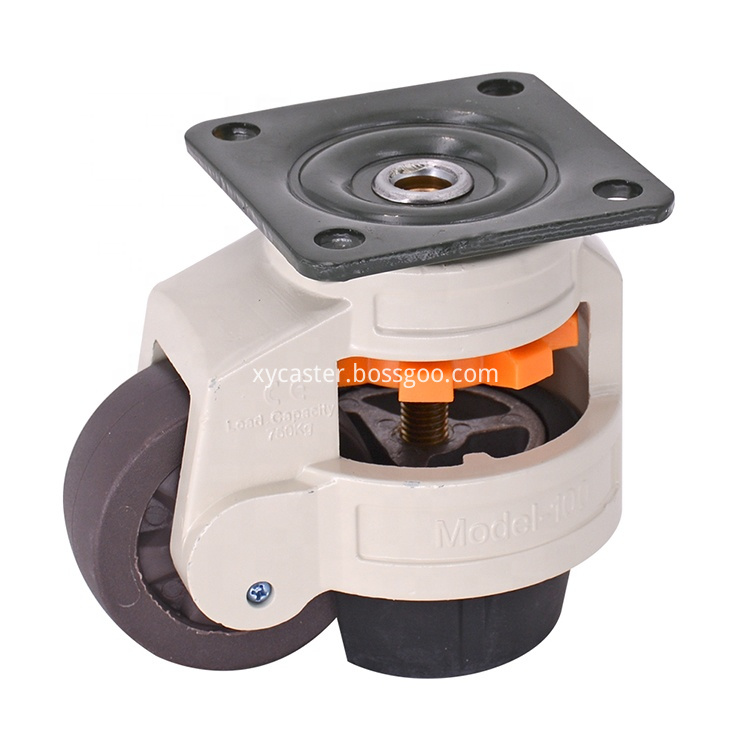Volatile organic compounds VOCs detection technology in the atmosphere
As the atmospheric environment worsens, people pay more and more attention to the volatile organic waste gas in the atmosphere. VOCs in the atmosphere are not only the main precursors of photochemical smog pollutants, but also the important sources of toxic and harmful organic components in the fine particles of the atmosphere, contributing to the formation of haze. Some VOCs are themselves toxic and carcinogenic. With the continuous deepening of air pollution control in our country, VOCs has become a new concern in air pollution control in China following particulate matter, sulfur dioxide and nitrogen oxides.
Volatile organic compounds are a mixture and, because of their unclear definition, the need for monitoring is not clear. Currently the main detection methods are gas chromatography, mass spectrometry and spectrometry, the Ministry of Environmental Protection announced the use of industry standards is GC-MS. Among them, 35 kinds of target organic compounds, mainly alkanes, alkenes and benzene series, were determined in the standard of the airborne volatile organic compounds (HJ644). Twenty-four kinds of target organic compounds were determined in the standard of the stationary pollutant exhaust gas volatile organic compounds (HJ734) Mainly ketones, esters, olefins and benzene series.
1, the definition of VOCs at home and abroad
VOCs is a combination of organic compounds, different organizations have different definitions, mainly divided into two categories, one is the definition of the academic sense, one is the definition of environmental protection.
There are five main definitions in the chemical sense:
1) Volatile Organic Pollution Control Policy Definition VOCs are organic compounds with melting point lower than room temperature and boiling range between 50 ℃ ~ 260 ℃;
2) WHO defines VOCs as a class of organic compounds with a boiling point in the range of 50-260 ° C, saturated vapor pressures of more than 133.32 Pa at room temperature and in the form of steam at ambient temperatures, according to the chemical structure of volatile organic compounds Divided into eight further categories: alkanes, aromatics, alkenes, halocarbons, esters, alcohols, ketones and other compounds;
3) VOCs in ISO 4618 / 1-1998 means that any organic liquid and / or solid that spontaneously emits hair under normal temperature and pressure;
4) German DIN55649-2000 VOCs is defined as any organic liquids and / or solids that can spontaneously volatize under normal pressure and pressure under normal pressure and VOCs are any organic compounds with a boiling point or initial boiling point less than or equal to 250 ° C ;
5) In our country, Beijing local standard DB11 / 447-2007 defines VOCs as the general term for all organic compounds with vapor pressure greater than or equal to 0.01kPa at 20 ℃ or with corresponding volatility under specific applicable conditions.
There are two main definitions of environmental protection:
1) The United States EPA defines VOCs as any carbon compound that participates in atmospheric photochemical reactions except for CO, CO2, H2CO3, metal carbides, metal carbonates, and ammonium carbonate;
2) American ASTMD3960-98 VOCs refers to any organic compound that can participate in atmospheric photochemical reactions.
China's air pollution control policies and standards, there is no clear definition of VOCs in the atmosphere, and the definition of VOCs related to the development of test methods, governance measures and other issues.
2, domestic and foreign VOCs testing standards
VOCs testing standards in our country there
1) "HJ732-2014 fixed source of volatile organic waste gas sampling bag method",
2) "HJ733-2014 Leakage and Open Liquid Level Volatile Organic Compounds Detection Technology Guidelines"
3) "HJ734-2014 Stationary Sources of Waste Volatile Organic Compounds Determination by Solid Phase Adsorption-Thermal Desorption / Gas Chromatography-Mass Spectrometry",
4) "HJ644-2013 Ambient Air Volatile Organic Compounds Determination of the absorption tube sampling - thermal desorption gas chromatography - mass spectrometry" and
5) "GB21902-2008 Synthetic Leather and Artificial Leather Industrial Pollutant Emission Standards" Appendix C, are analyzed by chromatography.
VOCs emissions industry standard:
DB31933-2015 Integrated Emission Standard of Air Pollutants (Shanghai)
"DB31859-2014 Automotive Industry (Coatings) Air Pollutant Emission Standard (Shanghai)"
"DB111201-2015 Printing Industry Volatile Organic Compounds Emission Standard (Beijing)"
"DB12 / 524-2014 Volatile Organic Compounds Emission Control Standard for Industrial Enterprises (Tianjin)", "DB44 / 814-2010 Emission Standard of Volatile Organic Compounds for Furniture Manufacturing Industry (Guangdong)", "DB44 / 815-2010 Printing Industry Volatile Organic Compounds (Guangdong) "," DB44 / 816-2010 VOC (Emission Standard of Volatile Organic Compounds for Surface Coating (Automobile Manufacturing) (Guangdong) "," DB44 / 817-2010 Emission Standard of Volatile Organic Compounds for the Footwear Industry ) "," DB31 / 374-2006 Semiconductor Industry Pollutant Discharge Standard (Shanghai) ".
About this level adjustable caster wheel, we use High quality chrome plated bracket to make it and it is nylon material for single wheel. The load capacity is from 50 kg to 1000 kg.



Caster Wheel,Leveling Adjustable Casters,Adjustable Leveling Casters,Leveling Casters
Yangjiang Xingyang Industry & Trade Co.,Ltd. , https://www.xycaster.com